Part Redesigns (Vent)
Improving the current manufacturing process
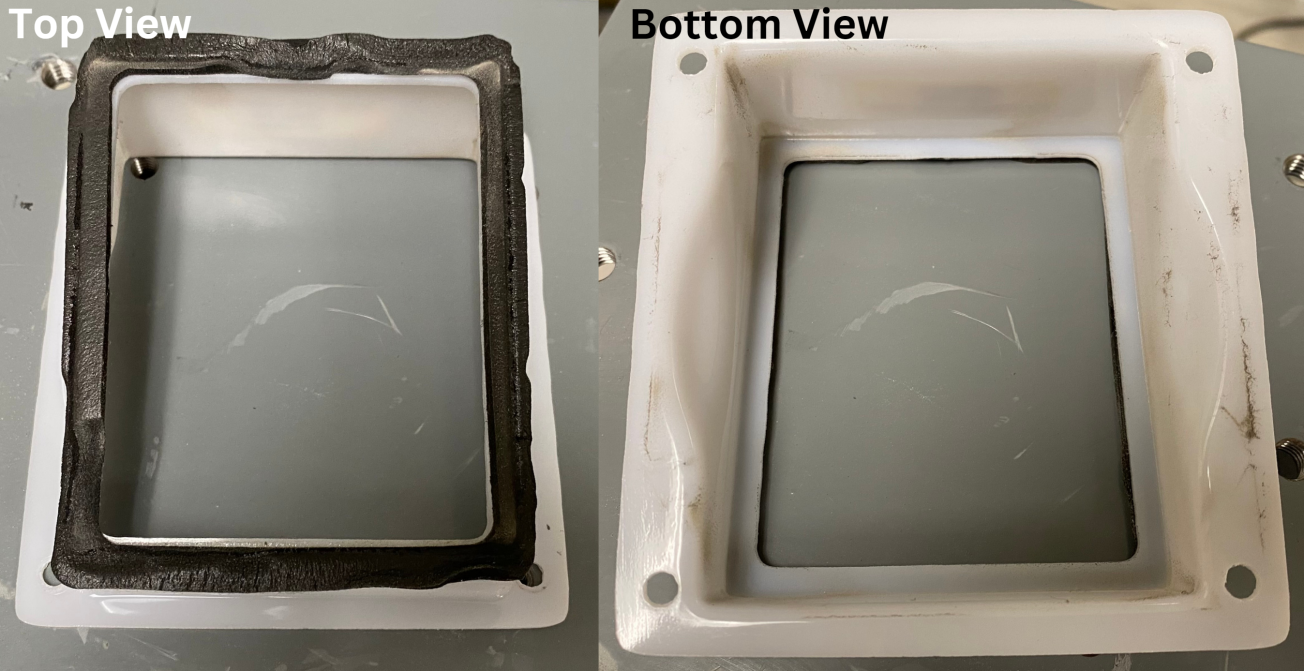
Alcon's transition into 3D plastic printing has overall been a very successful process, saving them time, money, and lowering their environmental impact. However, there have been issues with some of the plastic printed parts. These parts break during assembly and transportation of the surgical device. Part redesigns can potentially improve their current manufacturing process by renforcing these parts to withstand necessary stresses. For the vent, the vibrations generate unwanted sound that can be redesigned to minimize noise output.
Vent Redesigns
This vent has design flaws which do not optimally allow for proper airflow and create additional noise as a result. The square design of the vent has a lip and does not smoothly transition from the circular fan, resulting in greater turbulence. The current design is also thin and fails to provide proper support causing the vent to vibrate, generating more noise. The noise makes it unsuitable for environments like operating rooms, which require near silence.
In order for the air vent to comply with the design criteria, it must comply with the constraining dimensions of the device and properly fit within the allotted space. The vent must also properly align with the exhaust grating and feature countersinks for the screws. For the vent to have a successful redesign, it must also improve flow rate of air while also decreasing noise levels. For the acceptance criteria, the entire vent will also have to increase the flow stability through vortexual motion resulting in sound levels under 65 decibels.
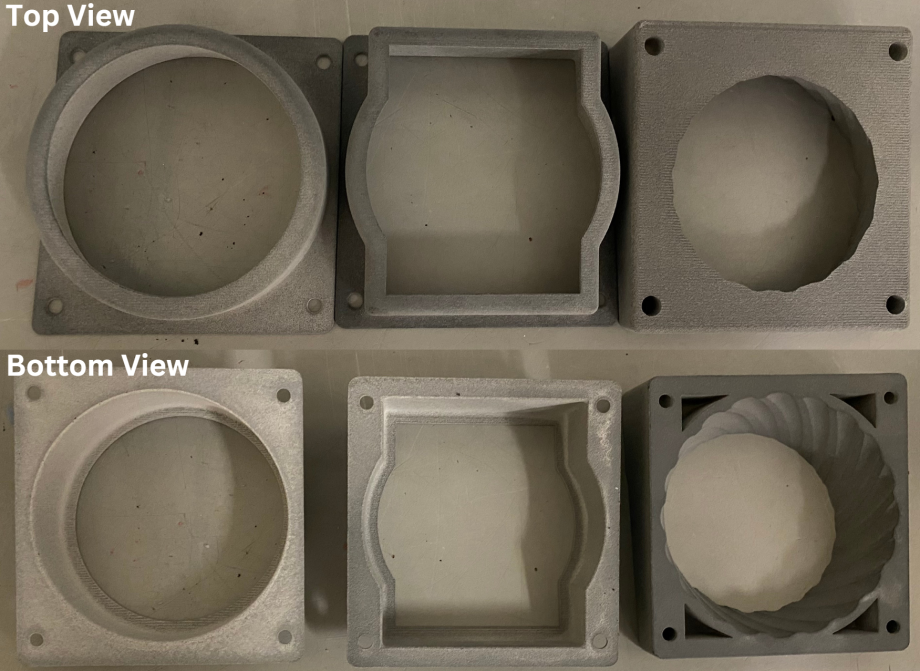

This redesigned vent shown above (latest iteration) is much thicker to combat vibrations. Infilled regions of the part minimize material usage, while providing a powdered buffer against vibrations. Rifling on the inner face causes the the air to flow in a vortex, increasing air flow outwards of the device, maintaining cooling throughout the device.
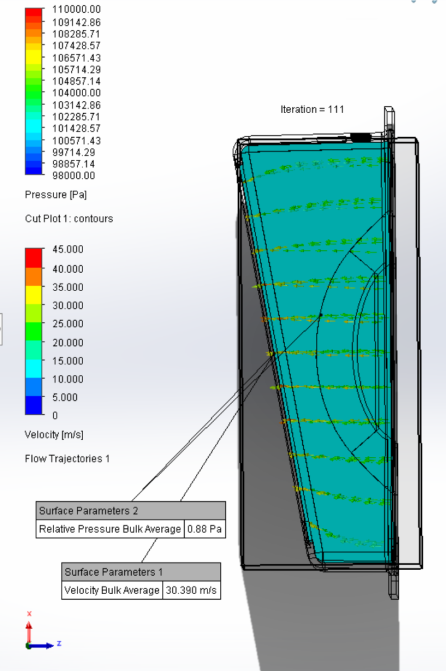
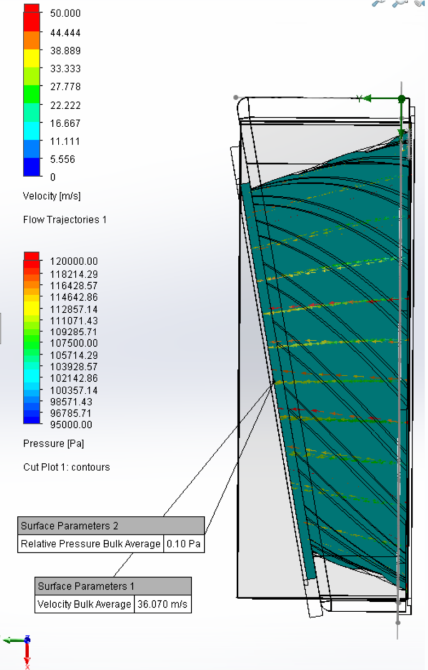
To prove the our vent is an improvement on the previous vent, we ran a solidworks flow simulation to show that the redesigns minimize the pressure and increase the airflow, which would improve thermal exchange rates and decrease noise. The image on the left is the original bracket, which has an average flow velocity of about 30 meters per second. Comparing it to the redesigned vent on the right, which has an average flow velocity of 36 meters per second, which means that air is flowing faster out of the vent to improve cooling and reduce sound.
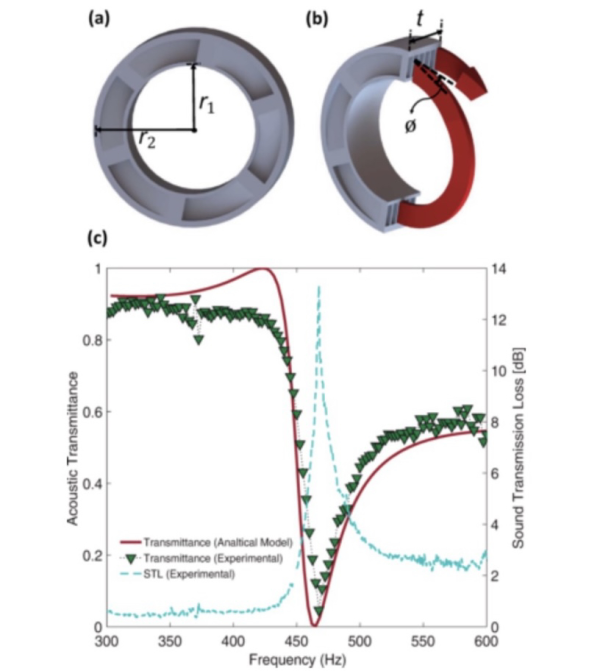
Our future goals involve creating a "labyrinth structure," similar to a design in the study shown above in order to further reduce noise while still maintaining nearly the same level of bulk airflow out of the device. We hope to create a design which allows for powder to be easily flushed from the structure after printing.